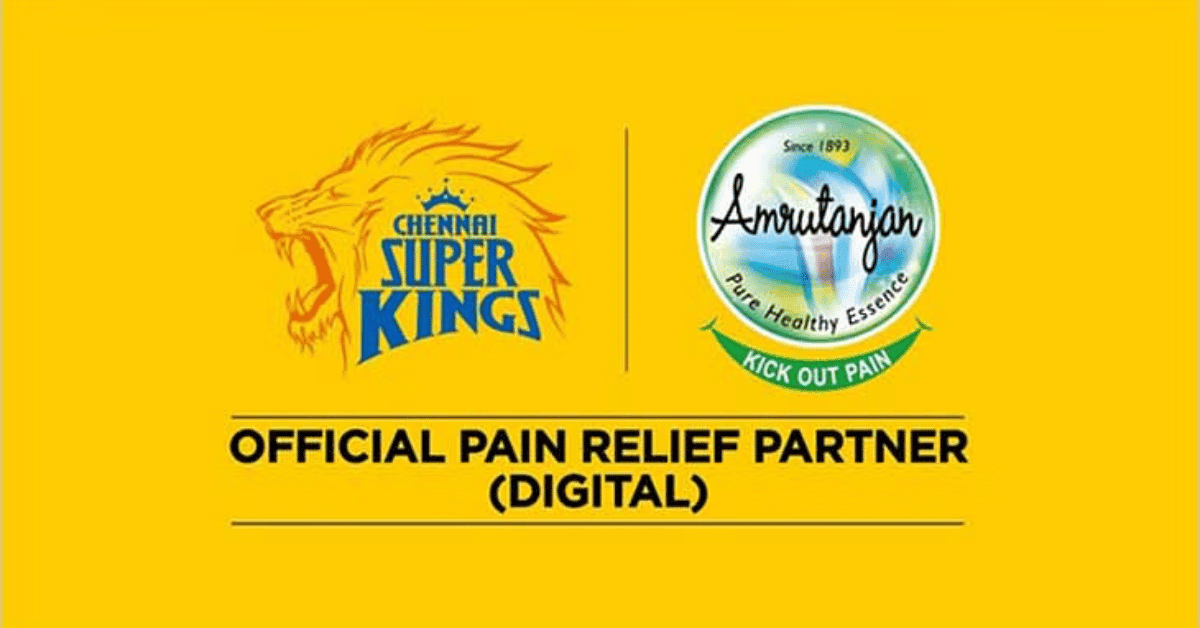What is Inventory?
The most trivial explanation for the term inventory is nothing but the products and commodities that a business sells. This could vary from clothes, shoes, beauty products, or cleaning supplies to paper goods, food products, or beverages. A business succeeds in the simple fact that they sell these products at a reasonable profit margin to make revenue.
This inventory can be broadly classified into four categories:
- Raw materials or components
- Works-in-progress (WIP)
- Finished goods
- Maintenance, repair, and operations (MRO) goods
All of these need to be directly monitored and any problems that might arise in these cases must be addressed immediately as they are all interrelated. Hence if one of them faces an issue all four categories are affected directly or indirectly.
Other important factors related pertinent to inventory is cab be analysed elegantly by answering these very basic questions: Where one stores the product? The capacity of storage and How your inventory is stored? Answering and contemplating the essence of these questions take us toward one of the most pivotal concepts of modern-day commerce known as Inventory Management.
What is Inventory Management?
Inventory management is one of the most vital elements of successfully running an SMB. It refers to Inventory management refers to a step of paramount importance when it comes to commerce and trading where one tracks the trading and movement of stocks of the company. It also includes other aspects like the Buffer Stock, Overseeing the orders received and the stock in place.
The goal of setting up an effective Inventory management system is to maintain a stable and ideal inventory that ensures enough stock for the received orders ie to maintain an adequate amount of stock, all the while controlling the cost and ensuring a beneficial profit margin. It’s a very elaborate mechanism which starts from the production of the commodity from raw materials and ends when the finished product reached the customer’s shelves.
The Importance of Inventory Management
Inventory management is considered a cornerstone for the success of a small-scale or medium-scale business because with an elegant strategy in place a proper investment management plan can actually reap benefits that might overtake giant companies themselves. Hence every company relies on strategising the most effective plan to manage their inventory. Lack of proper Inventory Management can throw your company into peril as it could lead to some devastating scenarios as follows:
- Loss of profit when too much inventory gets sold
- Can lead to disruption of sales causing potential damage to the company’s reputation
- Poor management can lead to displeased and angry customers who will seek out your competitors which will lead to a loss in business.
- Delayed Shipments
- Stockouts and Spoilage
- Capital getting stuck on products that ran out of demand
- Sunken cost due to wasted inventory
.
Inventory management does a marvellous job of tackling all these threats and reaping benefits that put you leaps and bounds ahead of your competitors. With an appropriate and sophisticated plan of action for investment management one can ensure:
- Increased productivity: Productivity of the SMB is increased marginally as capable management software allows the operations and work in the warehouse to be completed quickly
- Reduced Costs: Through precise projections of demand and order using the software the company can manage the inventory with a fresh stock of the right amount
- Happy Customers: With an efficient system in place the business will be able to provide the customer with quality products n time boosting the customer’s satisfaction
- Less Waste and Theft: Proper awareness of the amount of stock will aid you in knowing what to sell and how much to sell so that they won’t be expired
- Improved efficiency: Proper management guarantees the seamless flow of stock making the whole process fluid and revitalises your SMB
- Better cash Flow: The strategy will also assist you in finding prospects for freeing up capital for other marketing cavities that will help you improve your SMB
- Eliminate errors: Mechanised checking of stock saves you a lot of time and helps in preventing human errors while keeping track of stock
Choosing the right Software for your Inventory Management
When it comes to choosing software for the Inventory management of your SMB it is only customary that you first dwell on the problems you are facing in doing so. One should try to choose the most adequate software that would address all the current and possible problems that may arise in the future when it comes to inventory management. Another important aspect to keep in mind is the kind of stock and inventor you are managing. The current market is flooded with various software and it is very often seen that they all specialise in one certain aspect of inventory management. So choose the one which addresses the most crucial part of your kind of inventory.
Yet another factor of preponderant importance is the kind of SMB you are and who will be using the software. This can be broadly seen by understanding the perspectives of Business to Customer(B2C) companies and Business to Business(B2B) companies. One thing that is common for both is that the software should be able to aid them with multi-channel management. This also helps in avoiding overselling. This simply means that the software should assist them in managing their inventory on various platforms at the same time. For B2C companies the most preponderant part is to fluidly process and manage real-time data from sales in marketplaces, physical stores and a native website to ensure consumers get what they want when they expect to get it. Therefore installing an Application Programming Interface(API) that vividly depicts Point Of Sale(POI) is their primary step. So they would seek software that would effortlessly make this happen. For a B2B company, the aspect of paramount importance is the seamless management of the multi-channel environment.
Upon targeting these factors it becomes trivial that the software is expected to integrate various other aspects of the business and inventory management along with its nuances so that there is an impeccable connection between inventory management with back-office financial systems enabling real-time visibility for stating inventory accurately in financial reports and it rejuvenates the forecasting capabilities.
The ideal modern inventory management software is expected to be completely automated, ensures flawless multi-channel management, and is accessible, intuitive and secure to use and handle from anywhere across the globe.
Maintaining the efficiency of Inventory Management?
The introduction of cloud-based inventory systems revolutionised the Inventory Management sector to a marvellous degree. This ensures a secure and reliable system for adequate inventory management. An efficient software can have a significant impact on SMB and this impact can be broadly analysed in three ways
- MOVING ON FROM A PEN-AND-PAPER SYSTEM
Digitalising the records of inventory management through installing completely automated software shall surely make the process much more fluid and mobile. According to the State of Small Business Report, 46% of SMBs either use a manual system to track their inventory or do not monitor their inventory at all. And this is exactly why many of them are falling behind in their margins of profit. Digitilaising such mundane and vapid tasks also assist in making Inventory management an effortless task and the labour can be used elsewhere in the process for better productivity.

ELIMINATING INVENTORY SHRINKAGE AND THEFT
A manual inventory system often leads to shrinkage and theft of stock. This is completely expunged through computerising the process. The National Retail Federation 2018 Retail Security Survey ranks shoplifting or external theft (35.7%) and employee or internal theft (33.2%) as the two leading sources of inventory shrinkage. This grave issue is flawlessly tackled by the software
- PREVENTING OVERSELLING AND UNDERSELLING
Efficiency can be boosted and the cost of production can be cut to a good degree by implementing some very basic methods. This helps in maintaining the overall efficiency of your inventory management. Some of them are:
- Order Products in Bulk: Helps in reducing Shipping Costs
- Consider just-in-time (JIT) inventory:JIT refers to a fulfilment strategy where the stock is ordered and sold simultaneously just in time to ship. This minimizes the storage cost and dead stock. This keeps the on-hand inventory at a minimum.
- Consider dropshipping: Dropshipping corresponds to a management strategy where the supplier ships the order on your behalf eliminating the handling and storage cost for you.
- Accept pre-orders:Helps in building hype for your product and also aids you in studying the market and demand for the product
The Various Techniques to implement an efficient strategy for Inventory Management
So far we have elaborately discussed the various perspective of Inventory Management and why it is so pivotal in successfully running an SMB. It is vital for us to also grasp the awareness of the various techniques of inventory management as well. Some of the very basic and widely known techniques are as follows:
The Barcode System
In this system, a Barcode is given to all products which acts as a unique signature to it throughout the process of inventory management. KIt helps in speeding up the process and keeping a clear track of the product and its whereabouts in the procedure.
RFID Tracking
This is a more advanced method f tracking the product using microchips. The chip stores all the important information regarding the product and is more convenient as it makes the process more automated and simple when it comes to processing them in the warehouses. The RFID tracking system is the most adequate for tracking large volumes of products. An RFID system ensures impeccable efficiency as there will be lesser and your staff will be more efficient in processing orders.
Economic Order Quantity (EOQ) Reordering
This mechanism is centred around the theme of reducing inventory costs and making them as minimum as possible. EOQ reordering aids one in determining the best time for reordering to minimize your overall inventory costs (product ordering costs and inventory holding costs).
With the EOQ method, you can calculate how much inventory to reorder so that you do not end up paying more storage fees than you need to.
The ABC Method
This is one of the most common and widely used inventory management techniques. T categorises stocks into three kinds A, B and C. This assists them in prioritising their product concerning which can bring more profit. The categories are:
Category A: Most valuable products of the SMB contributing to 70-80% of company revenue. One must make sure to have enough stock of this commodity.
Category B: Products that are considered very important but not as valuable as Category Ac
Category C: Least valuable products but they still play a pivotal role in the company’s profit.
The product shifts between these categories according to the prevailing demand and cost and this should be done through regular analysis of the market.
FIFO and LIFO Method
FIFO stands for the first-in, first-out method of inventory control. This aims to sell the oldest stock as soon as possible to bring in fresher stocks and avoid old products from piling and hence prevent the loss that can be caused by piling up of old expired products.
On the other hand, the LIFO or Last-in, First-Out method targets selling the newest inventory is sold first. This assists in prohibiting the products from becoming obsolete.




















